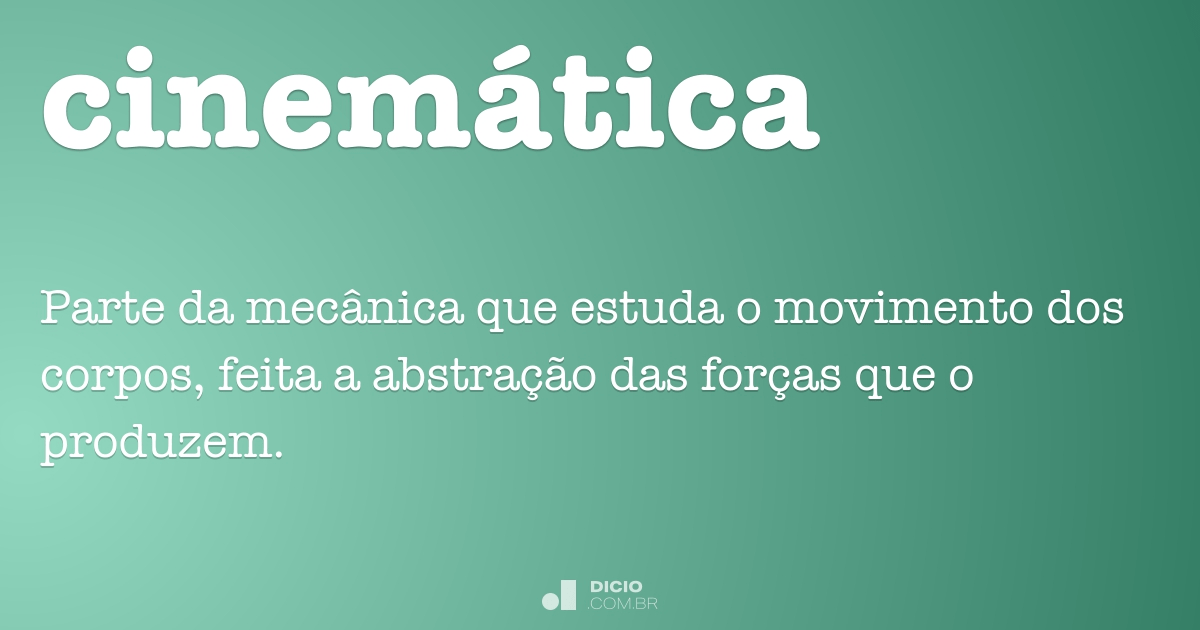
Mechanical contributions of the cortical and trabecular compartments contribute to differences in age‐related changes in vertebral body strength in men and women assessed by QCT‐based finite element analysis. J Streng Cond Res, 2010 24(10), 2731-2741.Ĭhristiansen, BA, Kopperdahl DL, Kiel DP, Keaveny, TM, Bouxsein ML. The lumbar and sacrum movement pattern during the back squat exercise. Reduction in anterior shear forces on the L4-L5 disc by the lumbar musculature. Effects of hydrostatic pressure on matrix synthesis in different regions of the intervertebral disk. Ishihara H, McNally, DS, Urban JP, Hall, AC. Bone mineral density in elite junior Olympic weighlifters. Maresh CM, Fleck SJ, Stone MH, Fry AC, Dalsky GP. Influence of squatting depth on jumping performance. Hartmann H, Wirth K, Klusemann M, Dalic J, Matuschek C, Schmidbleicher D. Biomechanical analysis of the lumbar spine on facet joint and intradiscal pressure – a finite element study. Mechanical initiation of intervertebral disc degeneration. Med Sci Sports Exerc.1985 17:613-20.Īdams MA, Freeman BJ, Morrison HP, Nelson IW, Dolan P. Lumbar spine loading during half-squat exercises. J Streng Cond Res, 2008 22(1), 95-102.Ĭappozzo A, Felici F, Figura F, Gazzani F.
#O que e cinematica free
Trunk muscle activity during stability ball and free weight exercises.

Nuzzo JL, McCaulley GO, Cormie P, Cavill MJ, McBride JM. Inter J Sport physi perform, 2010 5(2), 177. Effect of absolute and relative loading on muscle activity during stable and unstable squatting. McBride JM, Larkin TR, Dayne AM, Haines TL, Kirby TJ. Clinical orthopaedics and related research, 2009. The effect of cam FAI on hip and pelvic motion during maximum squat.

A biomechanical comparison of back and front squats in healthy trained individuals. Gullett JC, Tillman MD, Gutierrez GM, Chow JW. Trunk muscle activity increases with unstable squat movements. An atypical cause of low back pain in the female athlete. Johnson AW, Weiss CB Jr, Stento K, Wheeler DL. A biomechanical comparison of the traditional squat, powerlifting squat, and box squat.

Swinton PA, Lloyd R, Keogh JW, Agouris I, Stewart AD. Evidence to support using squat, semi-squat and stoop techniques to lift low-lying objects. Analysis of squat and stoop dynamic liftings: muscle forces and internal spinal loads. The biomechanics knowledge like spine joint load and trunk muscle activity are fundamental and clarifies the squat prescription for physical therapists, physical educators and physicians.ġ Universidade de São Paulo (USP), São Paulo, Brasil.Ģ Universidade do Contestado (UnC), Santa Catarina, Brasile-mail: Citadaīazrgari B, Shirazi-Adl A, Arjmand N. The squat technique is applied to rehabilitation and strength training programs, but inappropriate squat techniques and overweight may lead to several issues, such as end-plate fracture, protrusion, extrusion and disc herniation. The aim of this paper was to do an exploratory descriptive research and review the papers that analyzed joint load and trunk muscle activity. Thus, many papers measure that carries and they effects on the spine, specially the on lumbar spine that overload daily constantly. Palavras-chave: agachamento, biomecânica, coluna vertebral.Ībstract: The squat is a multi-joint exercise that overloads the spine and works with the trunk muscle activity. O conhecimento dos aspectos biomecânicos do agachamento como sobrecargas a coluna vertebral e atividade muscular do tronco, podem esclarecer na aplicação para fisioterapeutas, educadores físicos e médicos.

A execução apropriada do agachamento é segura para reabilitação e treinamento de força, porém técnicas inapropriadas e excesso de carga podem causar problemas em tecidos moles como fratura de platô vertebral, prolapsos, extrusão e hérnias de disco. O objetivo deste trabalho foi realizar uma pesquisa descritiva exploratória e revisar artigos que analisaram sobrecarga articular na coluna vertebral e atividade muscular do tronco. Desta forma, diversos estudos trazem mensurações de destes dados principalmente referidos a coluna lombar, local cotidianamente mais sobrecarregado. Resumo: O exercício de agachamento impõe diferentes sobrecargas a coluna vertebral e atividade muscular do tronco.


 0 kommentar(er)
0 kommentar(er)
